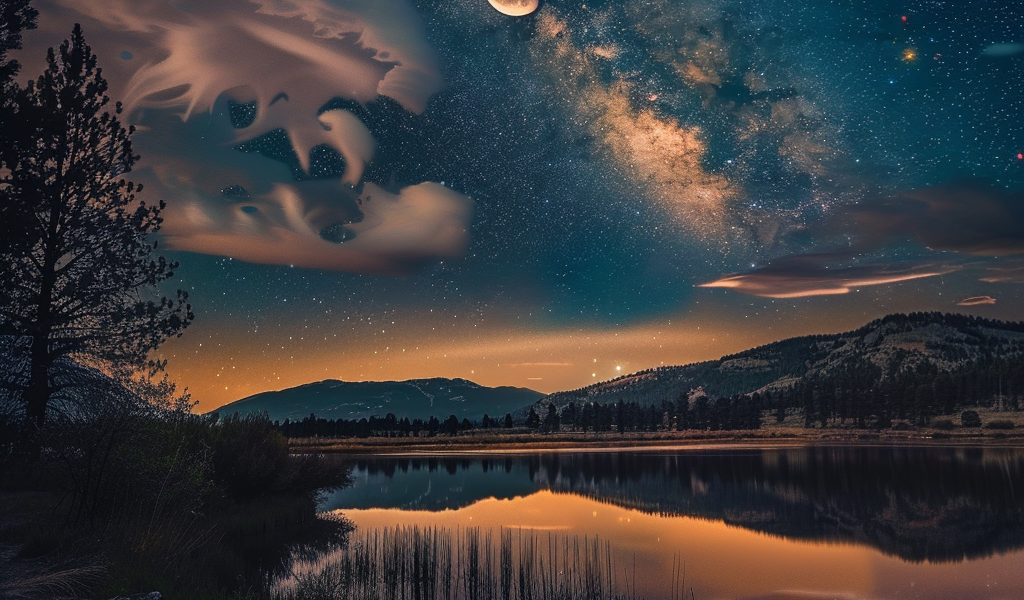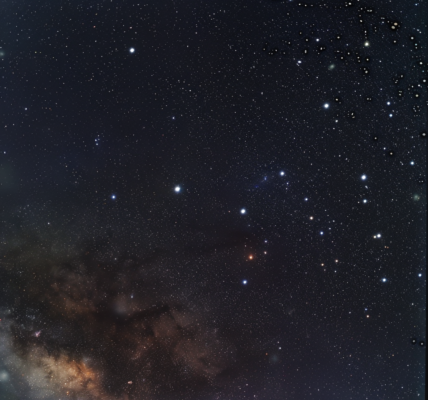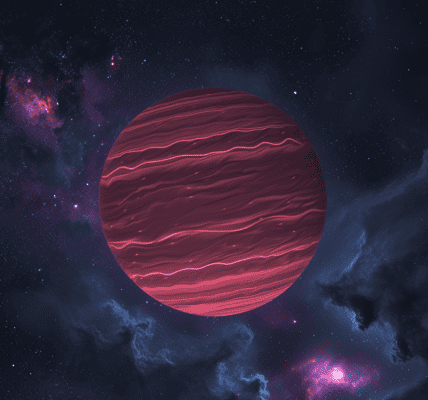The Moon, Earth’s steadfast companion, is slowly drifting away, a phenomenon that has significant implications for our planet. Recent scientific studies reveal that this gradual separation is altering our understanding of the Moon’s influence on Earth, particularly in relation to the length of our days.
Research conducted by a team at the University of Wisconsin-Madison has provided fascinating insights into this celestial movement. By examining rock formations that are approximately 90 million years old, scientists were able to trace the Earth-Moon relationship back 1.4 billion years. Their findings indicate that the Moon is receding from Earth at a rate of about 3.82 centimeters per year.
This seemingly minor drift is expected to have profound effects over geological timescales. In approximately 200 million years, it is projected that the length of a day on Earth could extend to 25 hours. Stephen Meyers, a geoscience professor at the University of Wisconsin-Madison, likened this phenomenon to a figure skater slowing down as they extend their arms. He explained, “As the Moon moves away, the Earth is like a spinning figure skater who slows down as they stretch their arms out.” This analogy highlights the intricate dynamics between the Earth and its lunar satellite.
The research team’s goal was not only to understand the current Earth-Moon relationship but also to utilize astrochronology to explore ancient geological time scales. By studying rocks that are billions of years old, scientists aim to draw parallels with contemporary geological processes, thereby enriching our understanding of Earth’s history.
In addition to these revelations about the Moon’s drift, recent advancements in space exploration, particularly through China’s lunar missions, have unveiled a treasure trove of information hidden beneath the Moon’s surface. These discoveries are helping scientists piece together the Moon’s complex history, offering insights that could reshape our understanding of its formation and evolution.
The implications of these findings extend beyond mere curiosity; they challenge long-held beliefs about the Moon’s stability and its role in Earth’s geological and biological processes. As the Moon continues to drift away, it raises questions about how this will affect tides, climate, and even the evolution of life on Earth.
With ongoing research and exploration, the mysteries of the Moon are gradually being unraveled, revealing a dynamic relationship that has persisted for billions of years. As we continue to study our celestial neighbor, we are reminded of the intricate connections that exist within our solar system and the importance of understanding these relationships in the context of our planet’s future.
As the scientific community delves deeper into the Moon’s past and its impact on Earth, we can expect more groundbreaking discoveries that will further illuminate the complexities of our universe. The journey of exploration is far from over, and each new finding brings us closer to understanding the intricate dance between Earth and its Moon.





